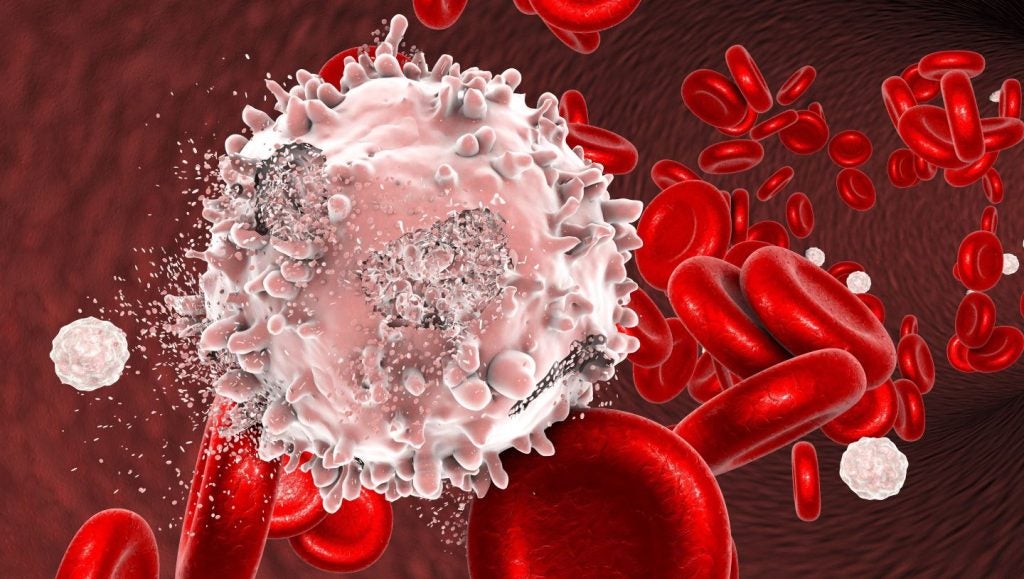Tuberculosis (TB) is a bacterial infection that predominantly affects the lungs, and despite being preventable and treatable, TB remains one of the world’s deadliest infectious diseases. TB is associated with deprivation and is more common in large urban areas, especially in developing countries in South Asia, Africa, and Eastern Europe. However, TB is still a serious public health concern in more developed countries such as the UK. As TB is an airborne disease spread through coughing and sneezing, the diagnosed incident cases of TB declined during the pandemic due to the increased infection control during this period. However, in 2023, the incident cases of TB reached pre-pandemic levels in the UK, suggesting that prevention and infection control needs to be reconsidered. The current GlobalData forecast suggests that cases of TB were expected to remain stable between 2020–2027 at approximately 4,000–5,000 incident cases. However, GlobalData epidemiologists anticipate that cases could increase, exceeding pre-pandemic levels, if new strategies targeting vulnerable people aren’t launched throughout the UK.
A patient with TB will typically present with a persistent cough, high temperature, night sweats, loss of appetite, and weight loss. If the patient isn’t treated promptly with a long course of antibiotics, the patient may experience chronic respiratory failure, which can be fatal.
To reduce the burden of TB globally, the World Health Organization (WHO) launched the End TB Strategy. The strategy serves as a blueprint for countries to aim to reduce TB incidence by 80% and TB deaths by 90% while eliminating catastrophic costs for TB-affected households by 2030. The WHO acknowledged that it is not a “one size fits all” approach, and its success depends on its adaptation to diverse country settings. The target includes 90% of people having access to TB prevention, testing, and care services.
When applied to England, the WHO goal of a 90% reduction from 2015 to 2035 would result in a decrease in TB incidence rate from 10.5 per 100,000 in 2015 to 1.05 per 100,000 in 2035. This is close to the WHO definition of pre-elimination of 1.0 per 100,000. From 2015 to 2021 the incidence rate of TB in England decreased, albeit more slowly over the last four years, according to the United Kingdom Health Security Agency (UKHSA). Figures published by the UKHSA in the annual TB report, published in February 2024, show that cases of TB were stable in 2022 compared with 2021, with 4,380 and 4,411 cases, respectively. But cases of TB in England rose by 10.7% in 2023 to 4,850 cases, and there is concern that this number will continue to rise as pre-pandemic global travel patterns and infectious disease control strategies resume.
The UKHSA said that in England, TB is most common in people born outside of the UK, those experiencing homelessness, those with drug and alcohol dependence, and those who have had contact with the criminal justice system. The proportion of TB cases among people born outside the UK has been steadily rising for several years. However, in 2023 the increase in cases has been seen across both groups of people born in and out of the UK. Urban centres of London, the North-West, and West Midlands have seen the highest increases in cases of TB; however, there have also been increases in the South-West and North-East regions, where TB incidence is typically lower.
While TB incidence in England remains low, the current trajectory pulls England, and the UK, further from the pathway to meeting the WHO 2035 elimination target. Dr Esther Robinson, Head of the TB unit at the UKHSA, states: “We need a collective action to tackle TB and we are working with partners across the health system to understand how we can best refocus efforts to stamp out this preventable and treatable infection.” On March 24, we celebrate National TB Day – on this day, it is important to support the education of the public and healthcare professionals on the symptoms, prevention, and treatment of TB, to help bring the UK closer to reaching the WHO elimination goal.















